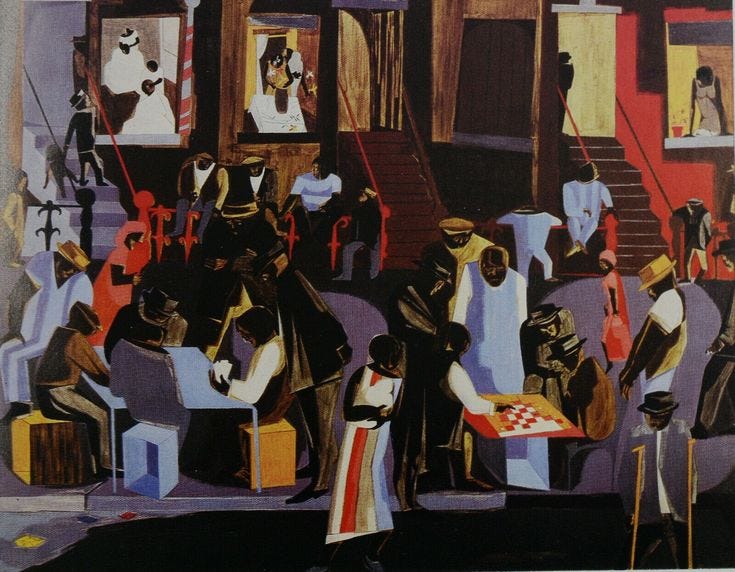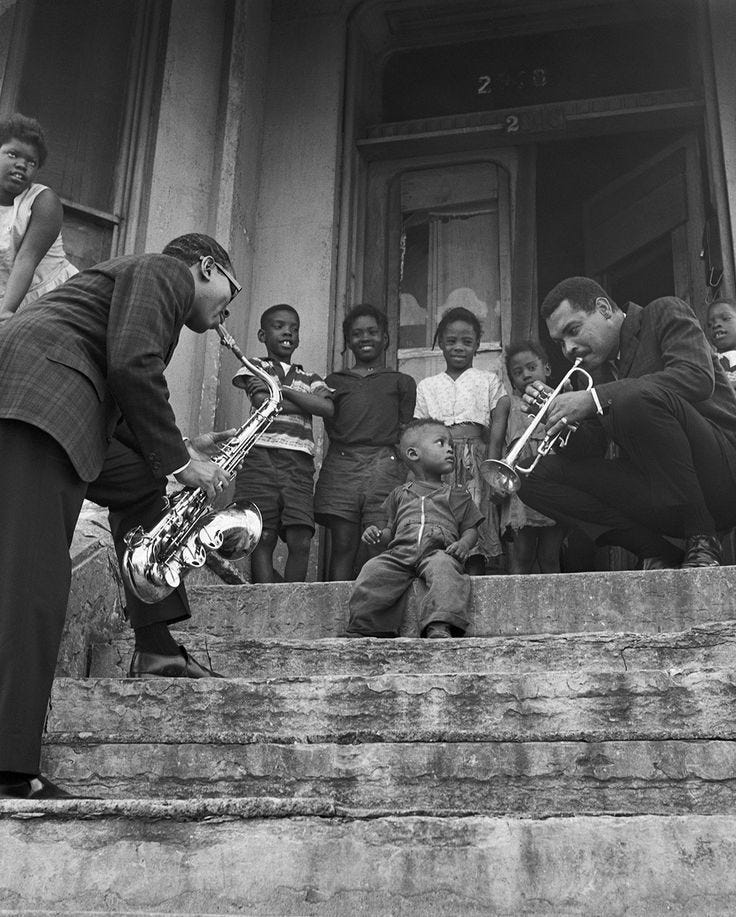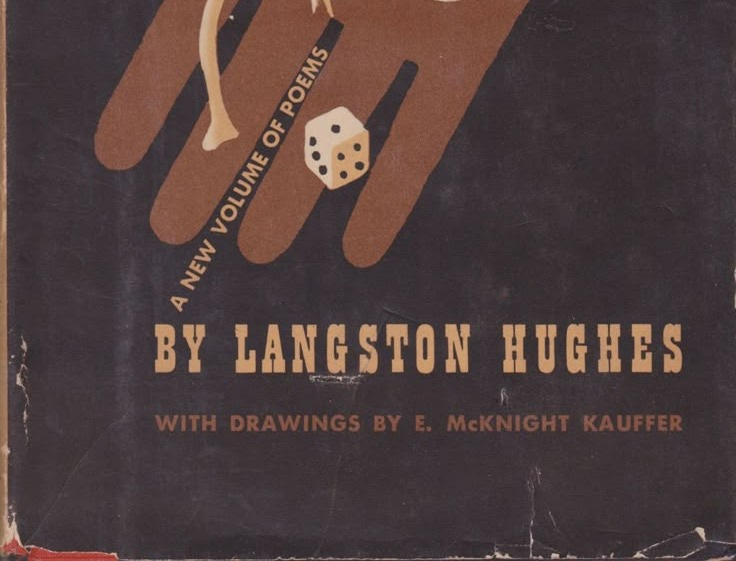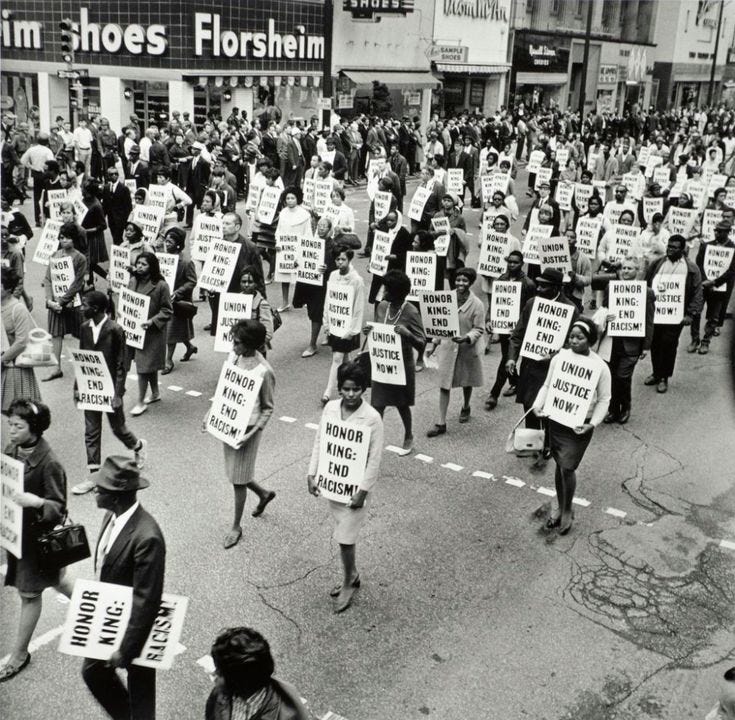Art, Identity, and Progress: The Legacy of the Harlem Renaissance
How a Cultural Revolution is Redefining America (8min read)
In the vibrant pulse of 1920s Harlem, art, music, literature, and a spirited call for social justice blended into a movement that not only redefined African American identity but also laid the groundwork for modern creative spaces and civil rights. Today, we can trace its influence in every brushstroke in our galleries, every beat in our music, every line in our literature, and in the continuing struggle for equity. Let’s take a journey through this cultural revolution, exploring how it reshaped perceptions of Black identity, influenced our creative world, and propelled America forward.
Harlem Renaissance: The Cultural Revolution That Shaped Perception
Before the Harlem Renaissance, African American culture was often overshadowed by stereotypes and systemic exclusion. The renaissance gave Black artists, writers, and musicians a platform to rewrite their story—one that celebrated their beauty, depth, and resilience. Through creative expressions, they shattered false narratives and invited America to see Black identity as multifaceted and rich.
Take the poet Langston Hughes, whose rhythmic verses captured the spirit of everyday life and highlighted themes of joy, struggle, and pride. His work inspired empathy and bridged divides, showcasing the universal human experience through a distinctly African American lens. Similarly, Zora Neale Hurston’s vibrant stories challenged reductive portrayals of Black communities and celebrated autonomy, culture, and heritage.
This movement wasn’t just about reclaiming identity—it was about asserting the power and value of Black voices in shaping America’s cultural fabric.
“Not everything that is faced can be changed, but nothing can be changed until it is faced” James Baldwin
Art: The Visionaries Who Shifted Cultural Currents
Art doesn’t merely reflect society—it drives it forward. During the Harlem Renaissance, visual artists like Aaron Douglas, Jacob Lawrence, Archibald Motley, and Palmer Hayden revolutionized how Black life was portrayed. Their work rejected harmful stereotypes and instead celebrated themes of heritage, progress, and identity.
Douglas’s stylized, angular figures drew upon African motifs, presenting a hopeful narrative of empowerment. Lawrence’s panels vividly chronicled the Great Migration and daily life, creating art that was accessible and relatable.
Fast forward to today, and artists like Kehinde Wiley, Carrie Mae Weems, Mickalene Thomas, and Hank Willis Thomas carry forward that legacy. Wiley’s regal portraits reclaim the classical tradition, situating Black subjects as monumental figures. Weems uses photography to confront history and memory, while Thomas celebrates Black femininity through textured collages and multimedia works.
Comparison: Both then and now, artists have used their platforms to challenge norms and elevate identity. While Harlem’s painters created new visual languages for the Black experience, contemporary artists continue to expand those narratives through modern technologies and concepts, ensuring the conversation evolves with the times.
Music: The Rhythms of Innovation
Music was the heartbeat of Harlem’s creative explosion. Jazz and blues rose as the defining genres of the era, expressing liberation through improvisation and innovation. Legendary musicians such as Duke Ellington, Louis Armstrong, Bessie Smith, and Fats Waller carried the torch, creating soundscapes that resonated across racial and cultural lines.
Ellington’s sophisticated compositions showcased jazz as an elegant art form, while Armstrong’s trumpet solos revolutionized musical improvisation. Blues singer Bessie Smith gave voice to the struggles of a generation, delivering performances filled with raw, emotional power.
Today’s music builds upon these foundations, with artists like Kendrick Lamar, J. Cole, Beyoncé, and Childish Gambino embodying the same spirit of innovation and storytelling. Lamar’s intricate lyricism echoes the narrative depth of jazz, while Beyoncé mixes genres to foster cultural dialogue. Gambino’s experimental approach mirrors the boundary-pushing style of Harlem’s pioneers.
Comparison: The improvisational energy of jazz evolved into hip-hop’s sampling culture, and the soulful storytelling of blues found new life in R&B. Across decades, Harlem’s musical legacy continues to inspire artists to create soundscapes that reflect and redefine their realities.
Literature: Capturing Complexity and Identity
The Harlem Renaissance transformed literature into a vehicle for cultural affirmation and social commentary. Writers like Langston Hughes, Zora Neale Hurston, Claude McKay, and Nella Larsen explored themes of resilience, community, and identity, presenting African American life with authenticity and nuance.
Hughes’s rhythmic poetry resonated with audiences across racial lines, while Hurston’s anthropological insight into Black culture enriched her storytelling. McKay’s fiery critiques of racial injustice, coupled with Larsen’s intricate depictions of class and race, elevated the literary canon.
Modern authors such as Toni Morrison, Colson Whitehead, Roxane Gay, and Jesmyn Ward continue this tradition, confronting contemporary issues through bold, imaginative narratives. Morrison’s exploration of memory and history mirrors the intellectual courage of Renaissance writers, while Ward’s evocative prose draws readers into the struggles and triumphs of African American life.
Comparison: Both eras use storytelling to challenge perceptions and celebrate identity. Harlem’s literary pioneers paved the way for today’s voices, proving that words have the power to change the world.
Civil Rights: The Foundations of Social Change
The Harlem Renaissance wasn’t just a cultural movement—it was a catalyst for activism and civil rights. Thinkers like W.E.B. Du Bois, Marcus Garvey, A. Philip Randolph, and Ida B. Wells blended intellectual discourse with advocacy, laying groundwork for later movements. Du Bois emphasized the importance of education and cultural pride, while Garvey championed global solidarity and Black empowerment.
Their ideas didn’t fade; they evolved. Modern leaders like Alicia Garza, Patrisse Cullors, Opal Tometi, and Ibram X. Kendi carry forward that legacy. Garza and Cullors, as co-founders of Black Lives Matter, use grassroots organizing and digital platforms to redefine activism in today’s landscape. Kendi’s writings challenge structural inequality, inspiring critical conversations that mirror Harlem’s intellectual bravery.
Comparison: Both then and now, activism and creativity are intertwined, driving forward change. Harlem’s thought leaders redefined civil rights dialogue, while today’s advocates adapt those lessons to digital media and global platforms.
"Nothing in the world is more dangerous than sincere ignorance and conscientious stupidity." - Dr. Martin Luther King Jr.
Conclusion: Pushing America Forward
The Harlem Renaissance wasn’t just a moment—it was a movement that redefined how America saw itself. Through art, music, literature, and activism, it showcased the power of creativity to reshape perceptions and spark progress. Today, we continue to feel its influence in our galleries, playlists, bookshelves, and protests.
Its legacy reminds us that culture isn’t static—it evolves, challenges, and inspires. Whether through jazz’s infectious rhythms, bold canvases of Black life, or the voices that demand justice, Harlem’s revolution invites us all to dream, create, and push boundaries. Let’s honor this history by carrying its creative flame forward.
Sources
Locke, Alain, editor. The New Negro: An Interpretation. Albert and Charles Boni, 1925.
Lewis, David Levering. When Harlem Was in Vogue. Alfred A. Knopf, 1981.
Huggins, Nathan Irvin. Harlem Renaissance. Oxford University Press, 1971.
Gates, Henry Louis, Jr. The Signifying Monkey: A Theory of African American Literary Criticism. Oxford University Press, 1988.
Nash, William R. "The African American Experience in the Harlem Renaissance." The Journal of African American Studies, vol. 13, no. 2, 2009, pp. 153–165. Springer, doi:10.1007/s12111-009-9090-6.
Johnson, James Weldon. God’s Trombones: Seven Negro Sermons in Verse. Illustrated by Aaron Douglas, Viking Press, 1927.
Hughes, Langston. The Weary Blues. Alfred A. Knopf, 1926.
Garvey, Marcus. Speeches and Writings on Pan-Africanism. African Times and Orient Review, 1923.
Whitehead, Colson. The Underground Railroad: A Novel. Doubleday, 2016







keep em coming!
Beautiful post! Read this from beginning to end👏🏽